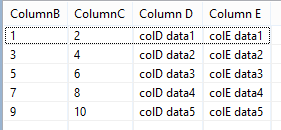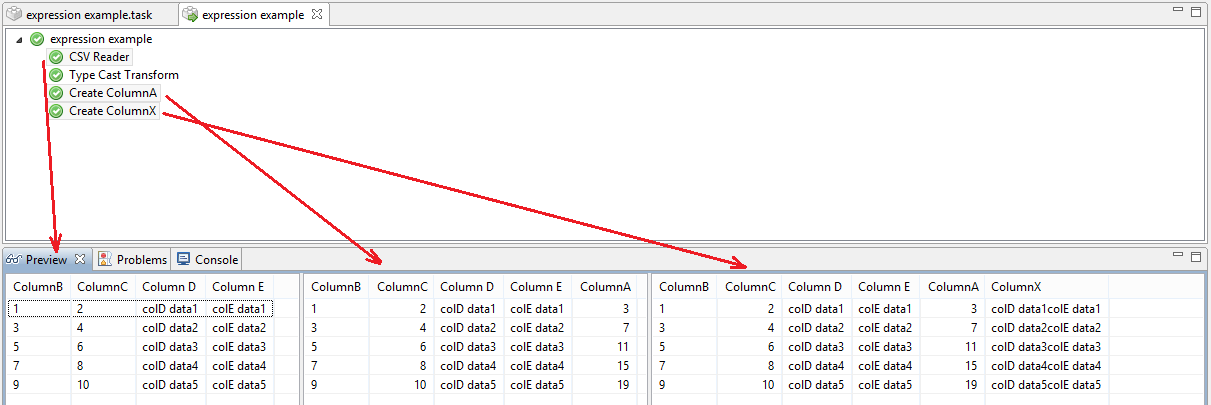Glossary
Boolean Field:
A statement or expression which is either true or false. For example, 1>0 would evaluate as true.
Script:
A series of expressions which when combined perform advanced tasks such as data manipulation or process automation. ORQA supports groovy scripts, you can open a new script by selecting File> New> Groovy Script or right clicking on a folder in the the model window and selecting New> Groovy Script.
Wizard:
A package which automates the creation of tasks by asking a series of user-friendly questions.
Nesting:
Nesting is when an operation or task is placed inside another one, only some operations, such as “parallel”, allow nesting. For example, if you drag and drop an operation onto the parallel operation. The dropped operation will become nested in the parallel operation. This can be used for a number of reasons, in the parallel operation it is used to have multiple operations and tasks run simultaneously. In some operation, such as stream compare it is used to set the behaviour of the parent operation.
Denormalised Data:
Data which is stored in a database friendly format. Can be made more user friendly using the pivot table operation.
Expression:
Expressions are short pieces of java or groovy code with possibly complex logic. For instance you could decide to write a short expression to set a value of a data column based on value of another column, this could be done with a relatively simple expression. Or maybe you want to apply a mathematical expression to your data - e.g. calculate total value or percentage based on your data.
Example Expressions
Let’s assume we have this data:

Expression: ColumnA = ColumnB + ColumnC If ColumnA doesn’t exist, this expression will create a new column and name it ColumnA. If column A does exist, the data in it will be rewritten with the new data. The operation will also populate the data in that column with the numerical sum of columns B and C.
Expression: ColumnX = Column_D + Column_E Similar to the above example but as you can see the column names were originally “Column D” and “Column E” so we have to address them as Column_D, Column_D instead. When the content of the columns are strings, these will be concatenated in the resulting columnX.

